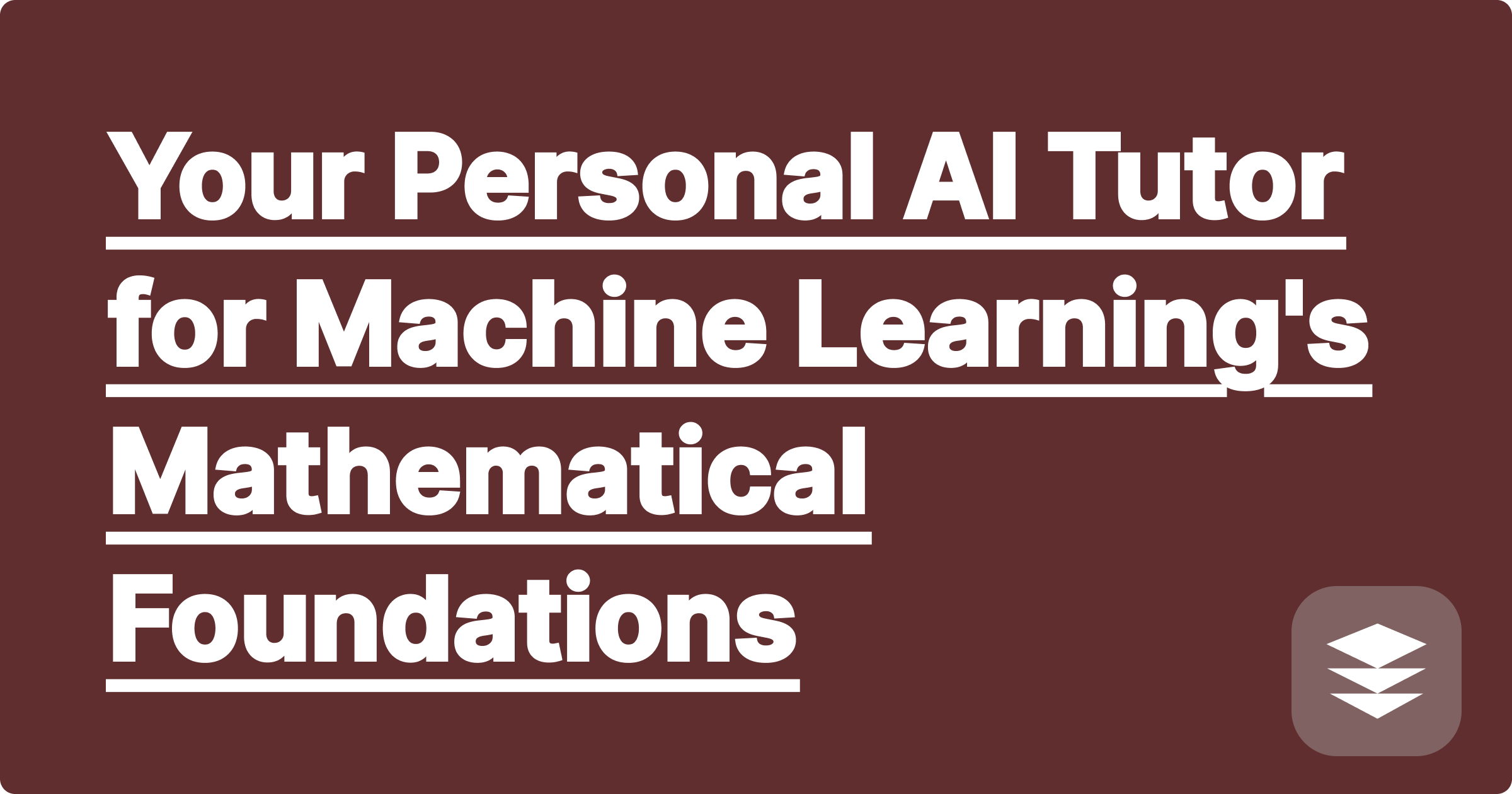
You're excited to learn about Machine Learning. You dive into a course on neural networks or support vector machines, and you immediately hit a wall. But it's not a coding wall; it's a math wall. The course is suddenly filled with terms like gradients, eigenvectors, probability density functions, and matrix operations. To truly understand how machine learning models work, you first need a solid grasp of their mathematical foundations. This is where many aspiring ML practitioners get stuck and need machine learning math help.
Most of the math behind ML falls into three key areas:
The challenge is that you need knowledge from three different math courses at once. An AI assistant like GPAI Solver is the perfect tutor for this because it's not limited to a single subject. It can act as your on-demand expert for all the mathematical foundations of ML.
Example: Understanding Gradient Descent
[Image: A 3D surface plot of the function f(x,y) = x² + y², with a point marked at (2,3). An arrow vector labeled "Gradient [4,6]" points uphill from that point, and another arrow labeled "-Gradient" points downhill towards the minimum at (0,0). Alt-text: An AI providing machine learning math help by visualizing the gradient.]
The most common hurdle for ML students is linear algebra for ml. Use GPAI Cheatsheet to build the ultimate reference.
By using an AI tutor to clarify these foundational math concepts, you can move past the intimidating equations and focus on what they enable. You'll understand why PCA uses eigenvectors and how gradient descent actually works. This is the key to going from a user of ML libraries to a true practitioner who understands the models from the ground up.
A: Yes. This is one of its greatest strengths. You can ask, "How is the dot product used in a Support Vector Machine (SVM)?" and the AI can explain the concept of the kernel trick and how dot products are used to measure similarity in a high-dimensional space.
A: No. It is a powerful supplement. It's perfect for refreshing your memory on a topic you learned years ago or for clarifying a specific concept you're stuck on. A solid foundation from dedicated courses is still essential for deep expertise.
Don't let the mathematical foundations of machine learning be a barrier to your progress. Use a powerful AI assistant to be your personal tutor, helping you understand the linear algebra, calculus, and probability that power the most exciting technology of our time.
[Get the machine learning math help you need. Try the GPAI Solver and Cheatsheet today. Sign up for 100 free credits.]
How to Design an ER Diagram for Your Database Project with AI
Your AI Assistant for Abstract Math: From Group Theory to Topology
How to Use AI to Ace Your Control Systems Homework
AI-Powered Note-Taking for Your Toughest Medical Terminology Class
A Guide to Surviving Your Software Engineering Group Project with AI Tools
Mastering Electromagnetics: How AI Can Help Visualize Maxwell's Equations
An AI Assistant for Your Numerical Methods Class
Your Personal AI Tutor for Machine Learning's Mathematical Foundations
How to Write and Explain Your VHDL/Verilog Code with an AI
Creating a Master Study Guide for Your Entire ECE Curriculum